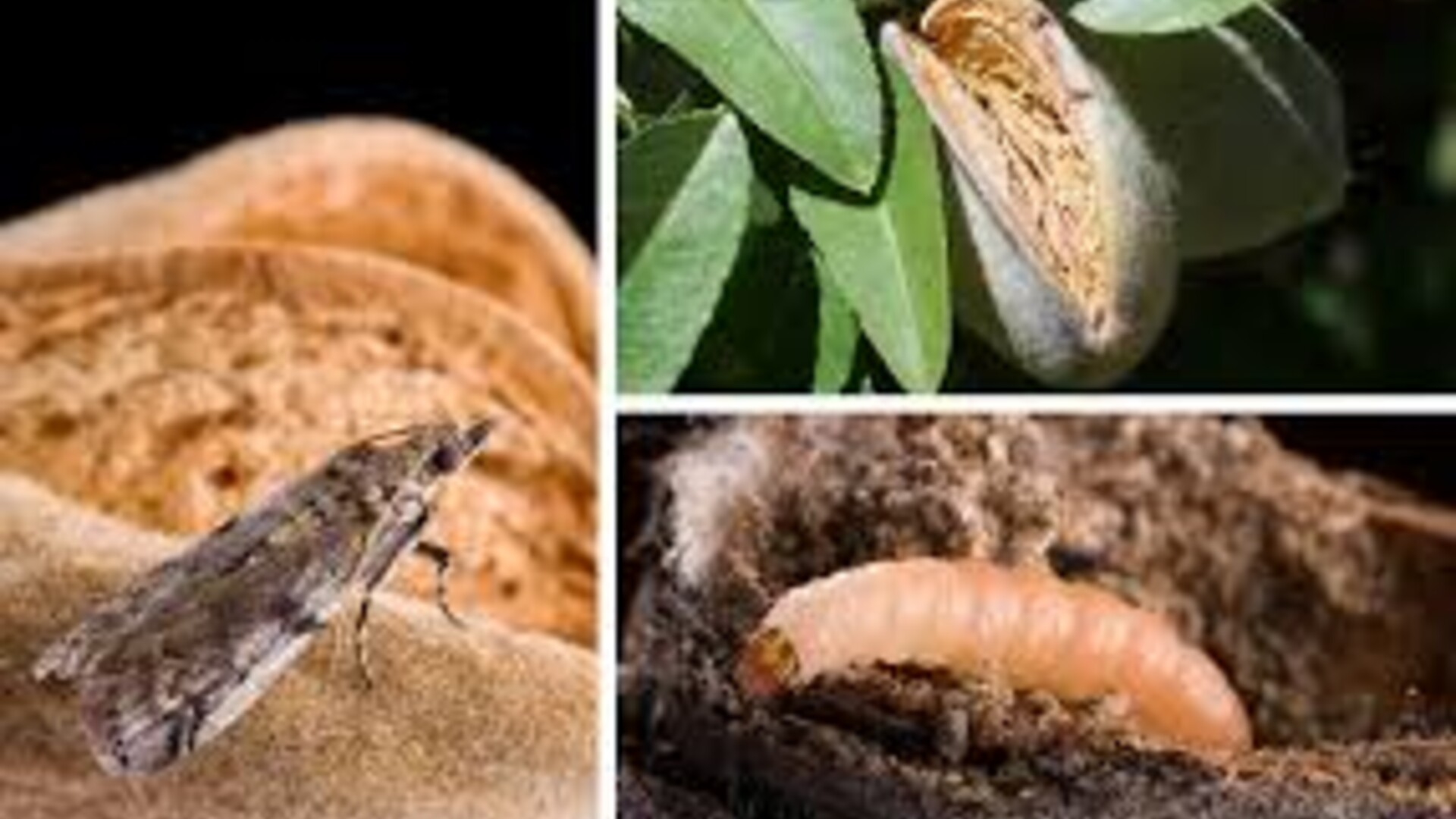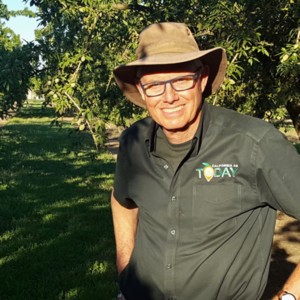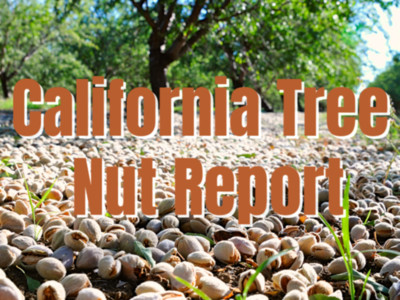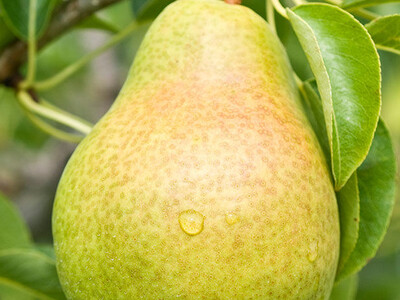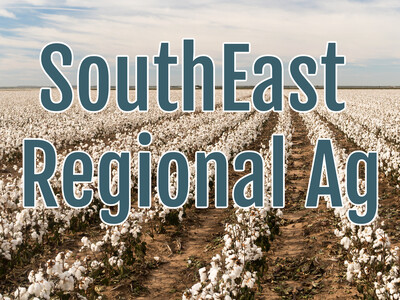Balancing Efforts on Navel Orangeworm Sanitation
Almond and pistachio orchard sanitation for navel orange worm is expensive, but it's still the best thing you can do. David Havilland is a UCANR farm advisor and an entomologist serving Kern County. He speaks about the economics of navel orangeworm sanitation.
“We of course have economics. So, I'm just going to summarize by saying that we want to balance the economics. On one hand, sanitation is the most effective management strategy that you have control over, but I'll also recognize good sanitation can cost you more than all of the other practices combined,” noted Haviland
Sanitation includes coming in after harvest and shaking out those mummies, still stuck in the tree and maybe poling them if shaking did not bring the nuts down.
“I'm not going to pretend that every grower should be doing the full sanitation. At minimum,” noted Haviland. And he said, that's at least polling to less than two mummies per tree will provide a reduction in malls and sites for eggs.
“And many, if not, most growers should be trying to get down to two mummies per tree. But, of course, you do have to balance the economics,” he said.
And Haviland said it comes down to reducing the numbers. “And when you think about it, you know, any egg that you prevent from being laid in May is one less moth at hull-split. That's what you're really trying to prevent. So, sanitation is extremely important,” Haviland explained.
And again, navel orange worm is the number one pest by a long shot and almonds and pistachios.


